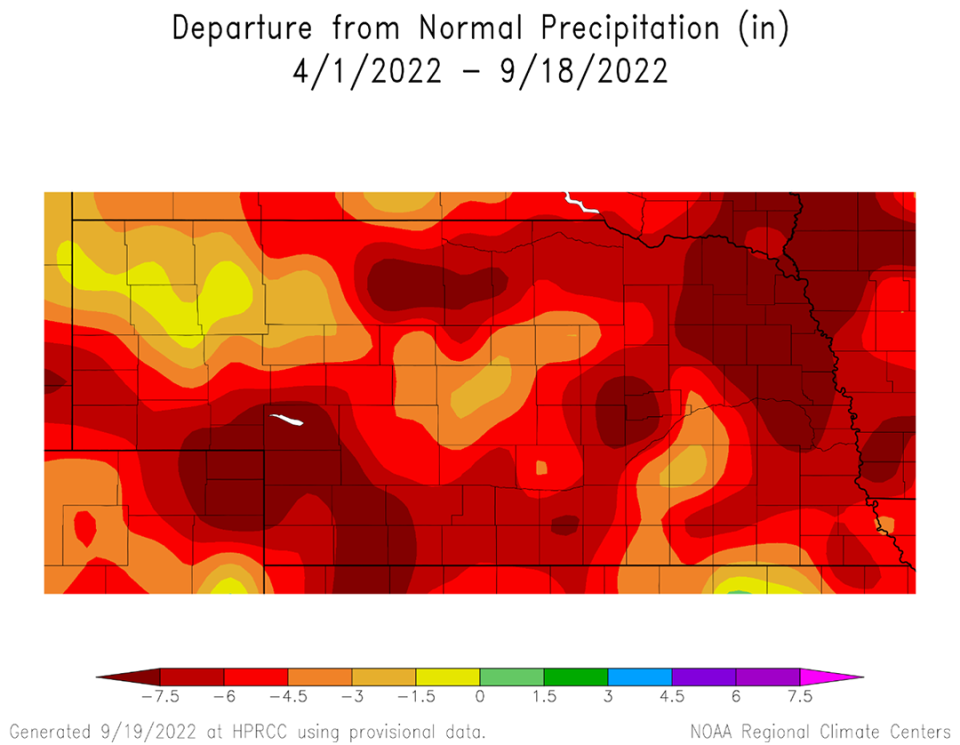Another Dry Year: What to Know About Leftover Nitrogen in Soil Following Dry Conditions

With the two consecutive dry seasons in 2021 and 2022, there is likely a considerable amount of unused nitrogen left in the soil, which could be used for the 2023 crop. With the higher fertilizer prices, such fertility adjustments for next crop can be profitable as well as environment friendly. So, it is recommended to test your soil and account for all sources of nutrients for the next crop.